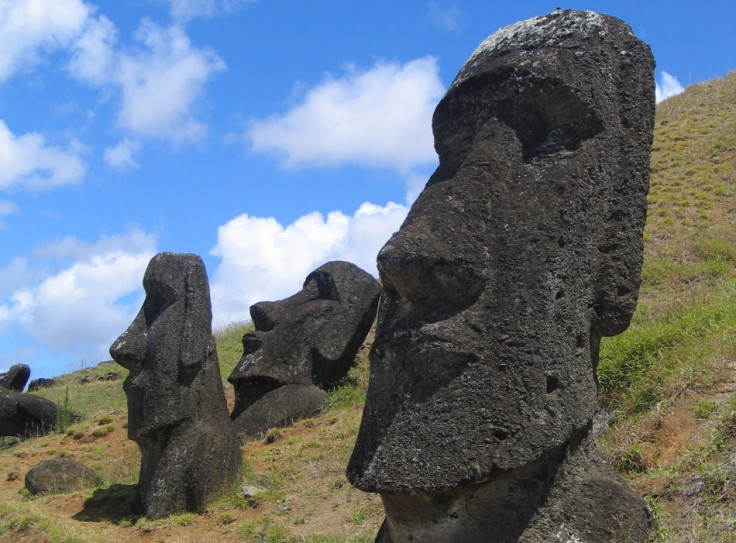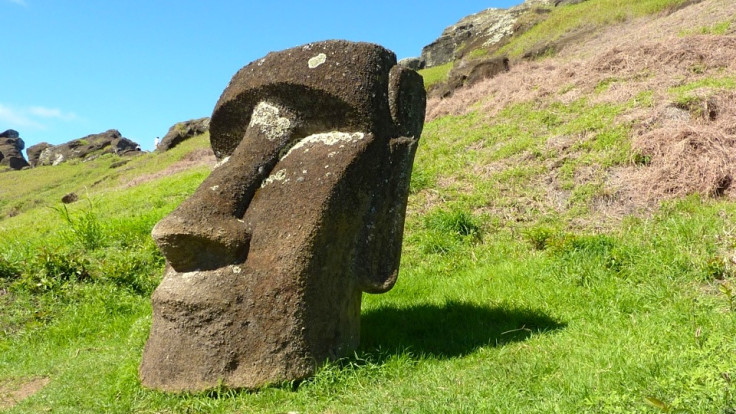Easter Island: A few things we know about the Moai statues

The Easter Island statues have remained one of the world's best-kept secrets. Although scientists and archaeologists have pieced together large chunks of the puzzles, there is still a lot we don't know about them. But here are a few interesting things that we are aware of:
- Some of the statues have hats. Scientists are unsure just how the hats were placed on some of the statues that loom over the Pacific island, but the most popular theory is that they were rolled up ramps. This theory is supported by the fact that the hats have small indentations in their bases, which are consistent with being rolled.
- It was thought for a long time that the Easter Island statues were just heads. But a dig almost 100 years ago showed that buried beneath the surface were the statues' bodies. All in all, they measure about 10m in height.

The statues' bodies are buried beneath the ground Easter Island Statue Project - Images from the excavation of the statues has revealed that the "bodies" are marked with detailed "tattoos". The art depicts images such as crescents, which represent canoes.
- The history of the settlement in the Pacific islands is still a mystery. Colonisation took place in two phases, with the first taking place on islands such as Fiji and Tonga around 3,000 years ago. The next phase took place around 1200CE, with settlers arriving on Tahiti, Easter Island and Hawaii. Why settlers moved across is unknown, however.

- The majority of the Moai, as they have been named, were carved from volcanic ash. Easter Island is comprised of three extinct volcanoes, with the tallest reaching a peak of 510m. The statues would have taken five or six men up to a year to complete.
© Copyright IBTimes 2025. All rights reserved.






















